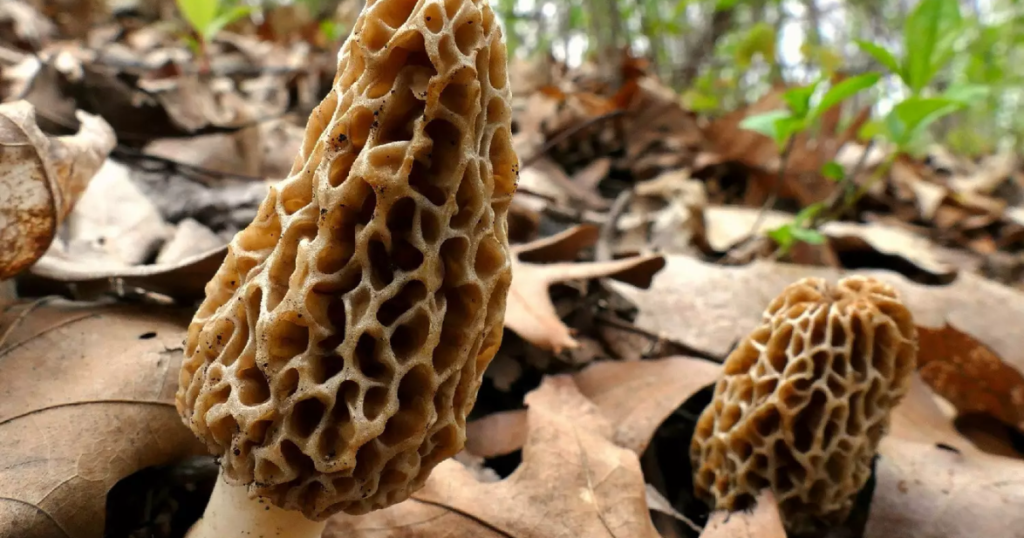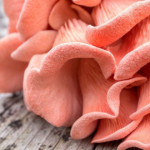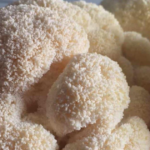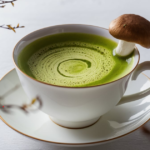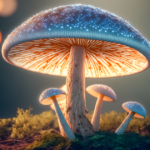Imagine the thrill of spotting a morel mushroom peeking through the forest floor, its honeycomb cap shimmering with dew. Foraging for morel mushrooms is not just a pastime; it’s a culinary treasure hunt that combines the joy of discovery with the promise of a delicious meal. Morel mushrooms are prized for their unique flavor and numerous health benefits. In this blog post, we’ll explore the current state of the 2024 morel mushroom season, share expert foraging tips, provide mouth-watering recipes, and discuss important conservation efforts.
The Magic of Morel Mushrooms
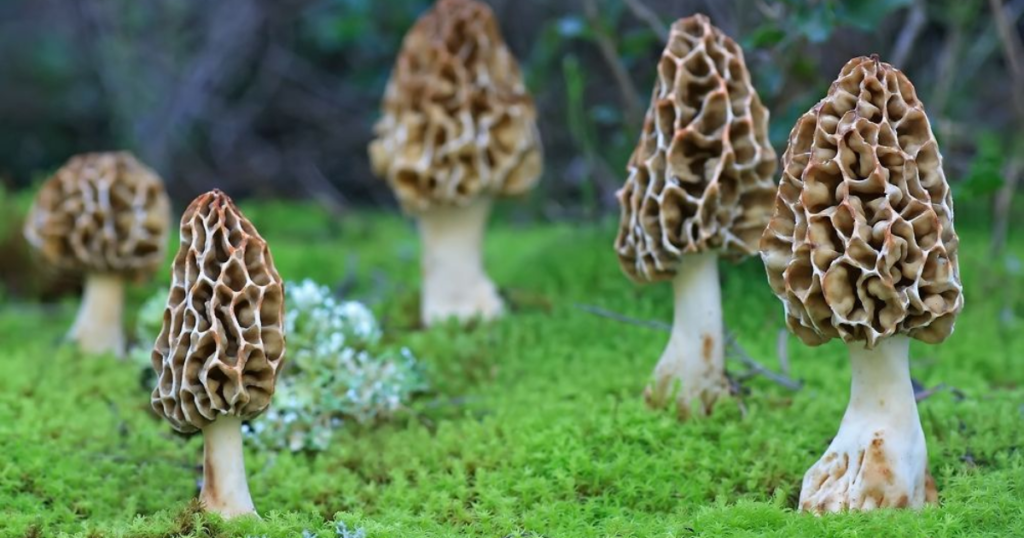
What Makes Morels Special?
Morel mushrooms, often referred to as “nature’s gold,” are renowned for their distinctive honeycomb appearance and rich, earthy flavor. These mushrooms are not just a culinary delight; they are packed with nutritional benefits. Morels are rich in vitamins D and B, iron, copper, and antioxidants, making them a healthy addition to any meal. Historically, morels have been foraged and consumed for centuries, with records of their use dating back to ancient civilizations. The combination of their rarity, flavor, and health benefits makes morels a highly sought-after ingredient.
Trends in 2024’s Morel Mushroom Season
Weather Patterns and Morel Growth
The 2024 morel mushroom season has been notably influenced by changing weather patterns. Climate change has impacted the growth cycles and distribution of these mushrooms. Morels thrive in moist, warm conditions, and this year’s erratic weather has created both challenges and opportunities for foragers. Regions that experienced a mild winter and early spring rains, such as the Pacific Northwest and the Great Lakes area, have reported bountiful harvests. In contrast, areas with prolonged droughts have seen a decline in morel sightings.
| Region | Weather Impact | Morel Abundance |
| Pacific Northwest | Mild winter, early rains | High |
| Great Lakes | Consistent moisture | High |
| Southwest | Drought conditions | Low |
Comparing this year’s season with previous years, 2024 has been a mixed bag. Some traditional hotspots have seen record numbers, while others struggle with adverse weather conditions.
Foraging Hotspots
For those eager to find morels, certain locations in the USA stand out as foraging hotspots. Oregon and Washington have been particularly fruitful this year, thanks to their optimal weather conditions. Michigan and Illinois also offer promising foraging grounds, with many experienced foragers sharing success stories from these states.
Tips from Seasoned Foragers:
- Look near dead or dying trees, especially elms, ash, and apple trees.
- Check areas that were recently burned; morels often thrive in post-fire environments.
- Forage after a good rain, when the ground is moist but not waterlogged.
How to Successfully Forage for Morels
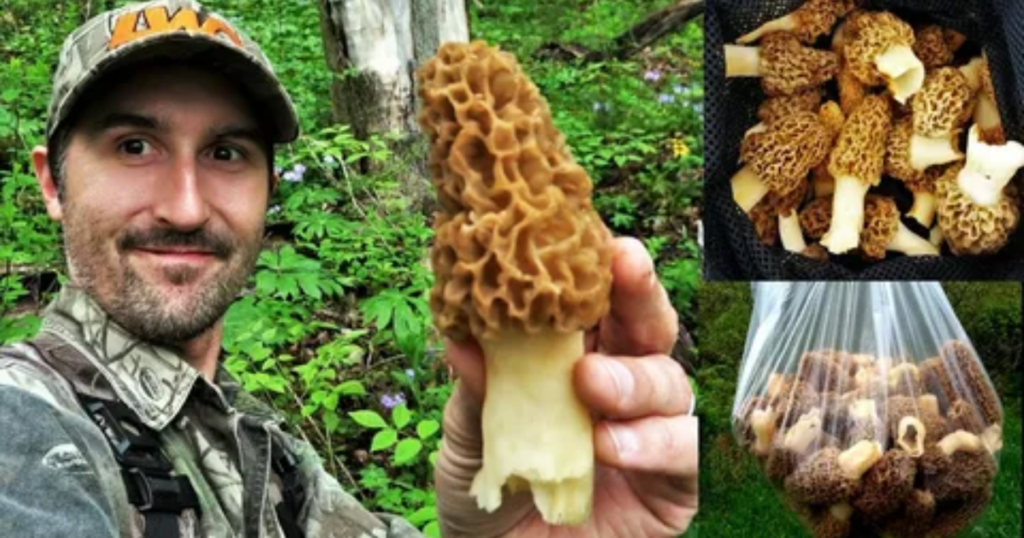
Essential Gear for Foraging
When heading out to forage, having the right gear is crucial. Here’s a list of essentials:
- Basket or mesh bag: Allows spores to disperse as you walk.
- Knife: For cutting mushrooms at the base.
- Field guide: Helps in identifying morels and avoiding look-alikes.
- Appropriate clothing: Long sleeves, pants, and sturdy shoes to protect against ticks and rough terrain.
- Water and snacks: For staying hydrated and energized.
Identifying Morel Mushrooms
Correctly identifying morels is vital, as some look-alikes can be toxic. Here are key features to look for:
- Cap: Honeycomb or sponge-like appearance.
- Stem: Hollow and attached directly to the cap.
- Color: Ranges from tan to dark brown.
Avoiding Toxic Look-Alikes:
- False morels (Gyromitra species) have a wrinkled, brain-like cap and can be deadly if consumed.
- Verpa mushrooms have a cap that hangs free from the stem and are also toxic.
Ethical and Sustainable Foraging Practices
Responsible foraging ensures that morels continue to thrive for future generations. Here are some best practices:
- Respect nature: Do not overharvest; leave some mushrooms to allow spores to spread.
- Follow local regulations: Obtain necessary permits and adhere to foraging limits.
- Minimize impact: Avoid damaging the forest floor and other vegetation.
Cooking and Enjoying Fresh Morel Mushrooms
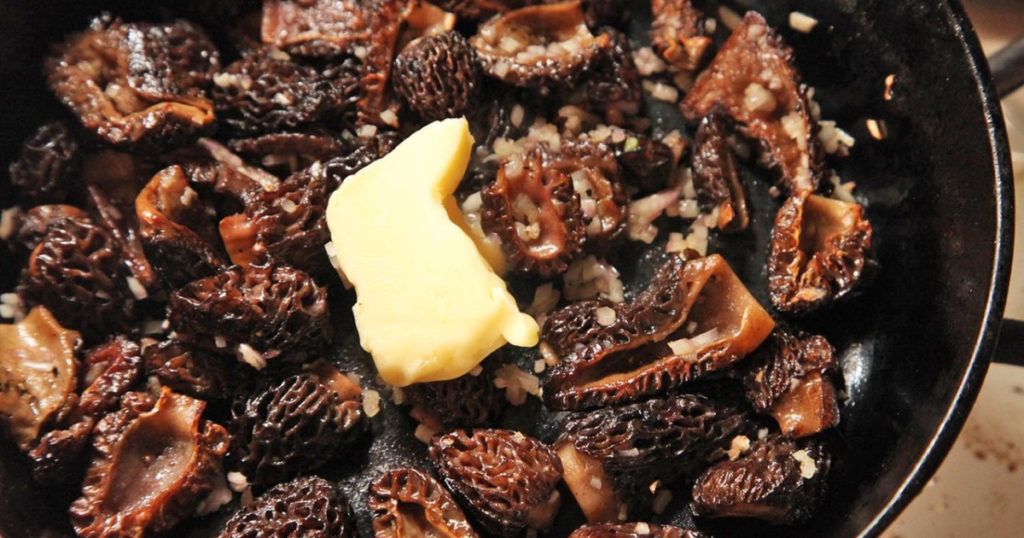
Simple and Delicious Recipes
Once you’ve foraged your morels, it’s time to enjoy them. Here are a few easy recipes:
Classic Sautéed Morels
- Ingredients: Fresh morels, butter, garlic, salt, and pepper.
- Instructions:
- Clean morels thoroughly.
- Heat butter in a pan over medium heat.
- Add garlic and sauté until fragrant.
- Add morels, salt, and pepper. Cook until tender.
Morel and Cream Pasta
- Ingredients: Fresh morels, heavy cream, garlic, shallots, pasta, parmesan cheese.
- Instructions:
- Cook pasta according to package directions.
- Sauté garlic and shallots in butter until soft.
- Add morels and cook for 5 minutes.
- Stir in heavy cream and simmer until thickened.
- Toss with cooked pasta and top with parmesan.
Grilled Morel Mushrooms
- Ingredients: Fresh morels, olive oil, salt, and pepper.
- Instructions:
- Preheat grill to medium heat.
- Brush morels with olive oil and season with salt and pepper.
- Grill for 4-5 minutes per side until charred and tender.
Preserving Your Harvest
If you’ve gathered more morels than you can eat fresh, preserving them is a great option. Here are some methods:
- Drying: String morels and hang them in a dry, well-ventilated area. Alternatively, use a food dehydrator.
- Freezing: Clean and sauté morels before freezing to maintain flavor and texture.
- Pickling: Pickle morels with vinegar, water, and spices for a tangy treat.
Conservation Efforts and the Future of Morel Foraging
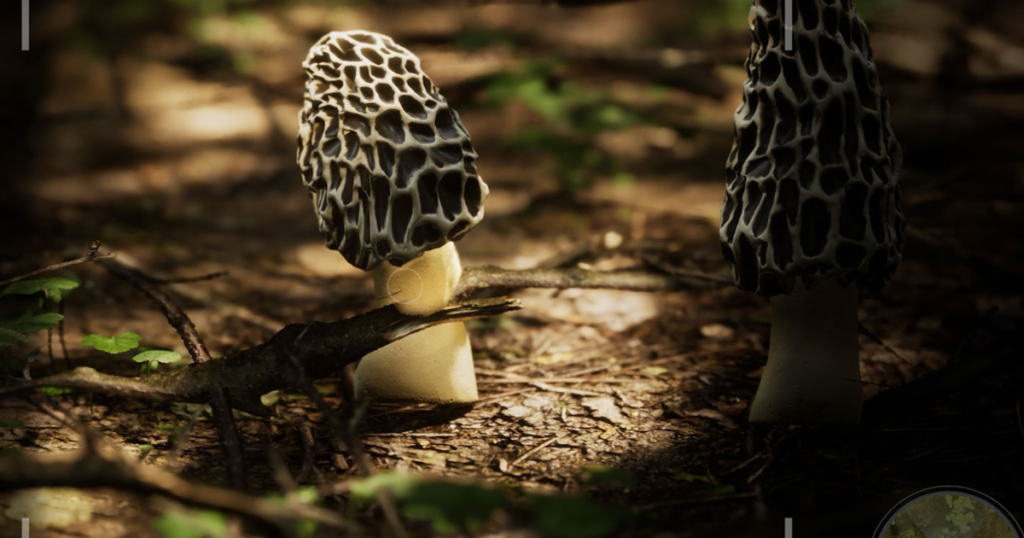
Challenges Facing Morel Populations
Morel mushrooms face several threats that could impact their future abundance. Habitat loss due to urbanization and deforestation is a significant concern. Climate change also alters the delicate balance of moisture and temperature that morels need to thrive. Over-foraging can deplete local populations, making sustainable practices crucial.
Efforts to Protect Morels
Various initiatives aim to protect morel mushrooms and their habitats. Community groups and conservation organizations work to educate the public on sustainable foraging. Research projects study the impacts of climate change on morel populations and explore methods to cultivate them.
Read More:
How You Can Contribute:
- Support conservation efforts: Donate to or volunteer with organizations working to protect morels.
- Practice sustainable foraging: Follow best practices to minimize your impact.
- Participate in local initiatives: Join community efforts to preserve natural habitats.
Conclusion
The 2024 morel mushroom season offers exciting opportunities for foragers, with bountiful harvests in certain regions and the ever-present thrill of the hunt. By understanding the trends, using expert foraging tips, and practicing sustainable methods, you can enjoy these delicious mushrooms while helping ensure their future. Whether you’re a seasoned forager or a beginner, the magic of morels awaits you. Happy hunting, and don’t forget to share your foraging stories and favorite recipes in the comment.
FAQs
When is the best time to forage for morels?
The ideal time to forage for morels is during the spring, typically from late April to early June, depending on the region and weather conditions.
How can I store fresh morel mushrooms?
Fresh morels should be stored in a paper bag in the refrigerator for up to a week, or they can be dried or sautéed and then frozen for longer storage.
Are morel mushrooms safe to eat raw?
No, morel mushrooms should not be eaten raw as they can cause stomach upset. Always cook morels thoroughly to ensure they are safe to consume.
What types of trees are morels commonly found near?
Morels are often found near dead or dying trees, especially elms, ash, and apple trees, as well as in areas that have experienced recent forest fires.
Can I forage for morels on public land?
Yes, you can forage for morels on many public lands, but it’s important to check local regulations and obtain any necessary permits to ensure you are foraging legally and sustainably.

